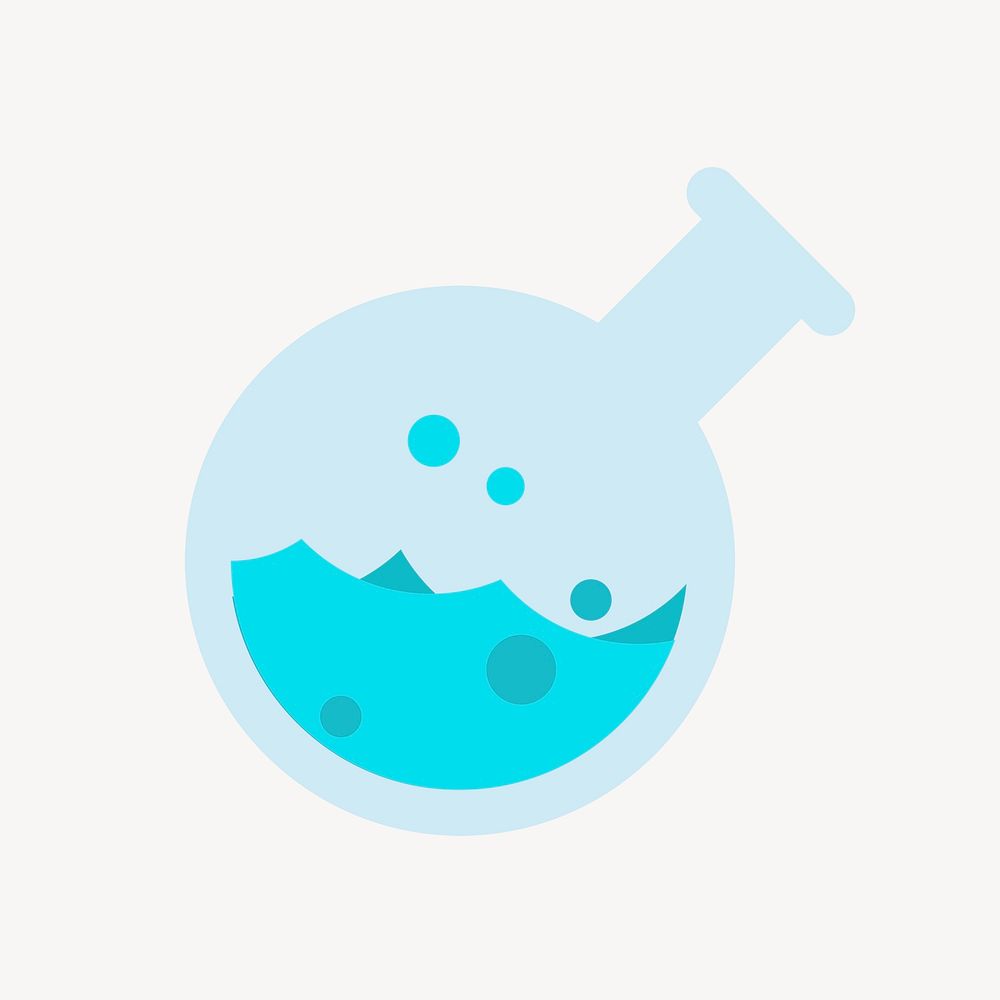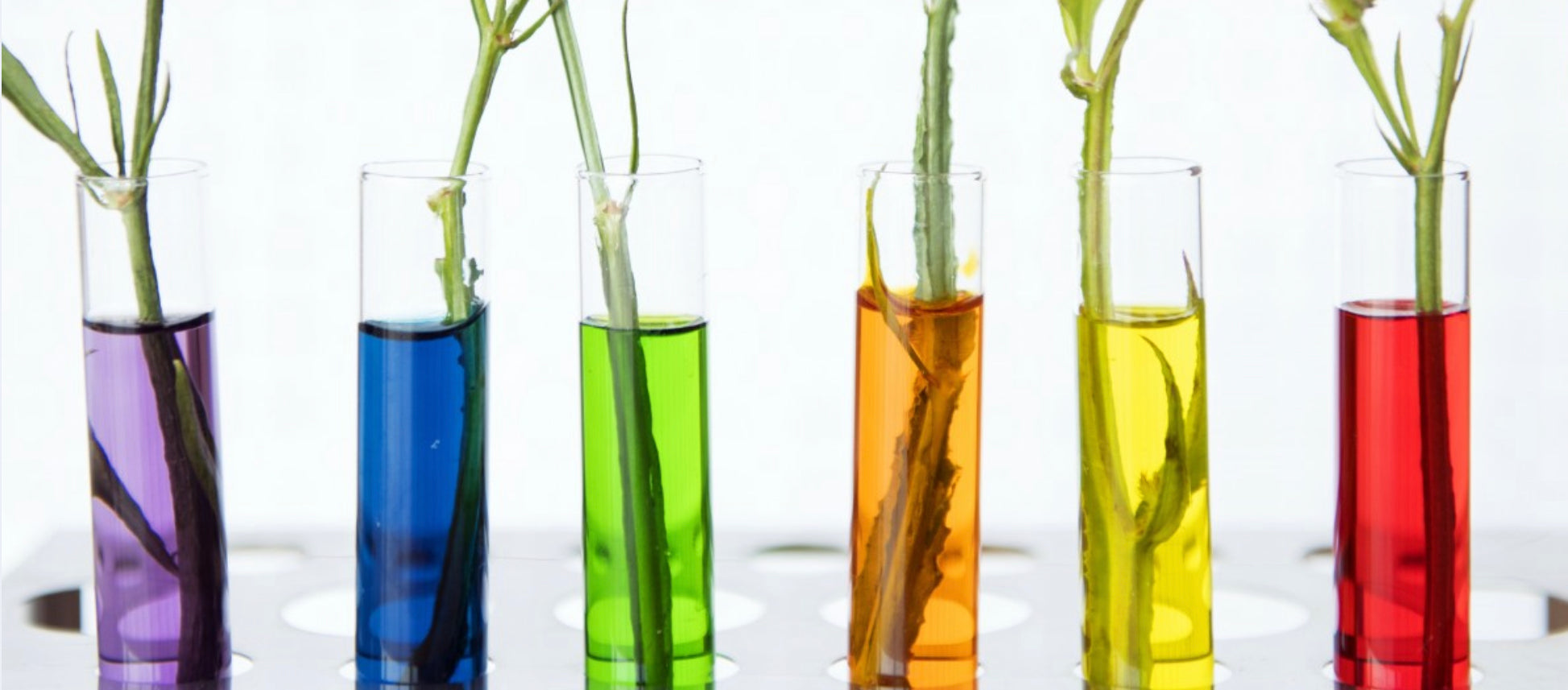Dutch Bucket Hydroponics Explained

What is a Dutch Bucket System?
Whether you’re a beginner to hydroponics or a seasoned hydroponic grower, you’ve probably come across the term “Dutch bucket hydroponics” (also called Bato buckets). It sounds a bit confusing, but don’t let that keep you away from exploring this type of hydroponic system. Despite their confusing name, Dutch bucket hydroponic systems are manageable and relatively easy to use even for beginner growers. If you’ve ever wondered what exactly Dutch bucket hydroponics and how it works, you’ve come to the right place. In this article, we’ll cover everything you need to know about the Dutch bucket method.
What is Dutch Bucket Hydroponics and How Does it Work?
In short, Dutch bucket is a type hydroponic system where one or more buckets are connected to the same irrigation and drainage lines. One of the main advantages of these systems is that they can be scaled to any size you need, which makes them really versatile. In case you’re wondering why they are called Dutch buckets, there is no definite answer to that question; however, some say they were invented in the Netherlands in 1989 for cultivating roses in perlite, hence the name.
Getting a bit deeper into the technical side, Dutch buckets are a form of drip hydroponic systems. The main parts of a Dutch bucket system are buckets, a reservoir, a pump, an irrigation line, drip emitters, and a drain pipe. Just like in a drip system, a pump in the reservoir sends the nutrient solution up to an irrigation line. As the nutrient solution flows down the line, it drips out of drip emitters above each bucket, which have growing medium and plants in them. The buckets in a Dutch bucket system are connected horizontally, which means there’s plenty of room for upward growth. Usually, there is also an elbow at the bottom of each bucket. These are used to drain the excess nutrient solution to the return line or drain pipe. Just like drip systems, Dutch bucket systems can be recirculating or non-recirculating. Having a recirculating system allows you to save more nutrients, but it may lead to nutrient imbalance because of recirculated nutrients. If you choose to have a non-recirculating system, this means the nutrients will be drained away and essentially wasted, but you won’t have any problems with nutrient

Dutch Bucket Hydroponics Pros and Cons
Pros
- Flexible setup: You can have as many buckets as you want, which makes this type of system incredibly flexible and versatile. You can also have as much space between the buckets as needed, which makes it possible to grow larger crops in this system.
- Easy to use: Since Dutch bucket systems are a type of drip systems, they are relatively easy to set up and maintain. In addition, due to its simple design, you can build a Dutch bucket system using household materials.
- Space saving: Because the buckets are set up horizontally and are aligned, Dutch bucket systems are relatively compact and are quite good at saving space when compared to other hydroponic systems.
- Can grow tall and large plants: Since the buckets are aligned horizontally and you can have as much space between them as needed, you can grow large and tall plants in this system. You can even grow trees if you want (although you’ll need a huge bucket).
- Separated buckets: The buckets are separate from one another, which makes pest and disease control as well as general maintenance much easier.
Cons
- Setting up flow rate can be tricky: As with any drip system, getting the flow rate right can be difficult and is mostly a trial-and-error process. However, once you’ve got that dialled in, maintaining a Dutch bucket system is rather easy.
- Lots of parts: Dutch bucket systems are not the most complicated, but they still have a lot of individual parts compared to some other systems, such as deep water culture (DWC) or wick systems, which makes building and setting them up a little more complicated.
- Shared reservoir: Because all of the buckets are connected to one reservoir, the whole system will be affected if the nutrient solution quality is off or disease sets in.
Best Plants to Grow in Dutch Bucket Systems
You can grow most plants and even some trees (mostly dwarf varieties) in Dutch Buckets, but this system works especially well for tall, large, vining, fruiting, and bushy plants. This is due to the fact that buckets are roomy, which allows plants’ roots to spread out, and spaced out from one another, which gives your plants plenty of room to grow. Here is the list of plants that are best suited for Dutch bucket hydroponics:
Tomatoes
Dutch buckets are perfect for growing tomatoes. Tomatoes can grow rather large and become top-heavy, so you’ll to provide some sort of support.
Cucumbers
There are vining and bushy varieties of cucumbers, both of which grow really well in Dutch buckets. Again, you’ll need to provide support for them for vining varieties; however, some bushy varieties can also benefit from having support.
Peppers
While peppers can be grown in other systems, they thrive in Dutch buckets, as they love the extra vertical and horizontal space.
Eggplants
Eggplants have deep roots, so they will thrive in Dutch buckets due to the space for root growth.
Squash
Squash has large roots, which makes Dutch buckets perfect for them.
Pole Beans
Pole beans thrive in Dutch buckets due to the extra space. They can grow quite tall, so they’ll need support.
Potatoes
Growing root crops is difficult in most hydroponic systems, but not in Dutch buckets. Since Dutch buckets are filled with a growing medium, potatoes (and other root crops) can grow in it because it mimics their natural growing conditions.
Best Growing Mediums for Dutch Buckets
As with all hydroponic systems, some growing mediums will work better than others in Dutch buckets. In general, grow mediums that are porous, light and absorbent work well in Dutch buckets. It’s also a good idea to add a filler to the bottom of the buckets, such as river rock, to prevent smaller media from getting into the reservoir.
Hydroton
Hydroton, also known as LECA (lightweight expanded clay aggregate) or simply expanded clay pebbles, is perfect for Dutch buckets because it’s quite lightweight but still heavy enough to provide support.
Coco Coir
Coco coir works great for Dutch buckets. Not only does it hold moisture well and allows for good aeration, but it’s also all natural and organic.
Perlite
Perlite is lightweight and porous, and it has great absorption ability, so it works pretty well in Dutch bucket systems.
Vermiculite
Vermiculite is smaller than perlite but will still work in Dutch bucket systems. Just remember to add some river rock at the bottom of the bucket to prevent it from getting into the reservoir.
River Rock
River rock shouldn’t be used just by itself, as it isn’t porous. However, you can add it to the bottom of your buckets to use as a filler—this will help with drainage and prevent smaller media from getting into the reservoir.
How to Build a Dutch Bucket System
We have an article with detailed step-by-step instructions on our website on how to build your own DIY Dutch bucket system, which you can find here.
For more great content check out the Proponics YouTube channel below!

By Max Barnes
Max Barnes is a long-time homesteader and author. Max grows the majority of his own food year-round using a variety of different methods, including hydroponics. Hydroponic gardening plays a huge part in his homestead and self-sufficiency goals.




